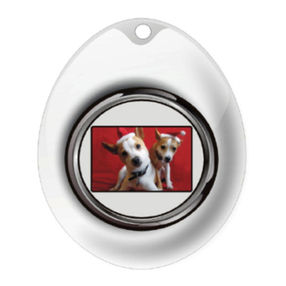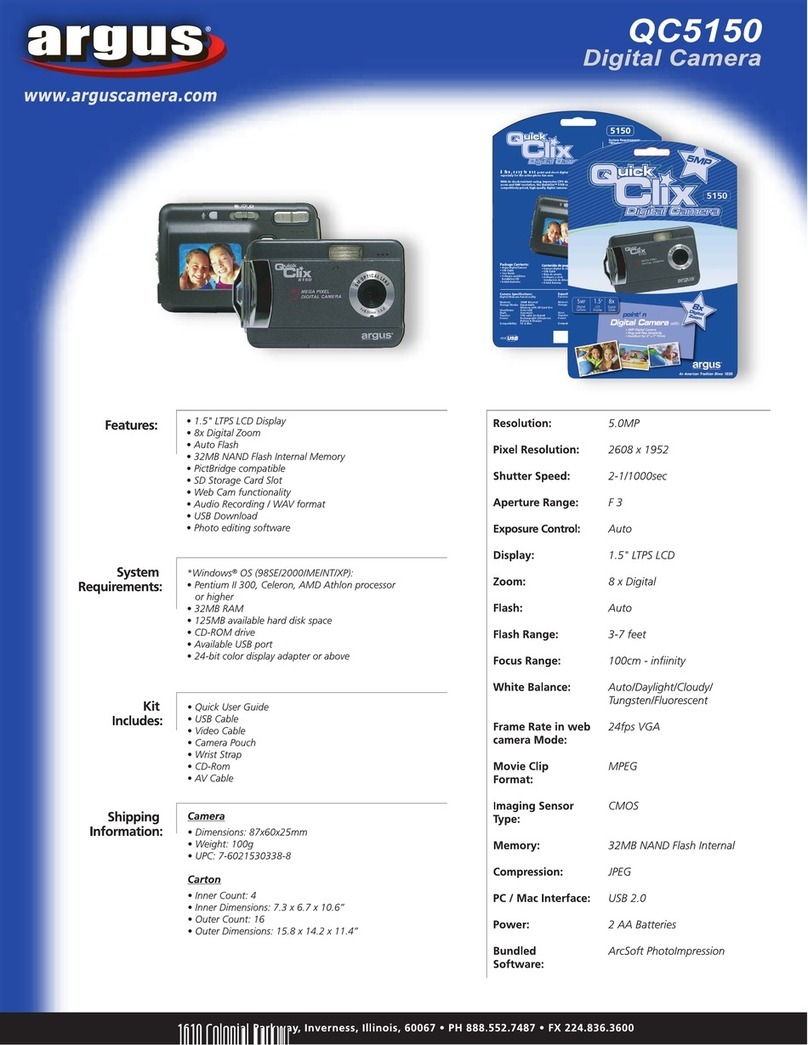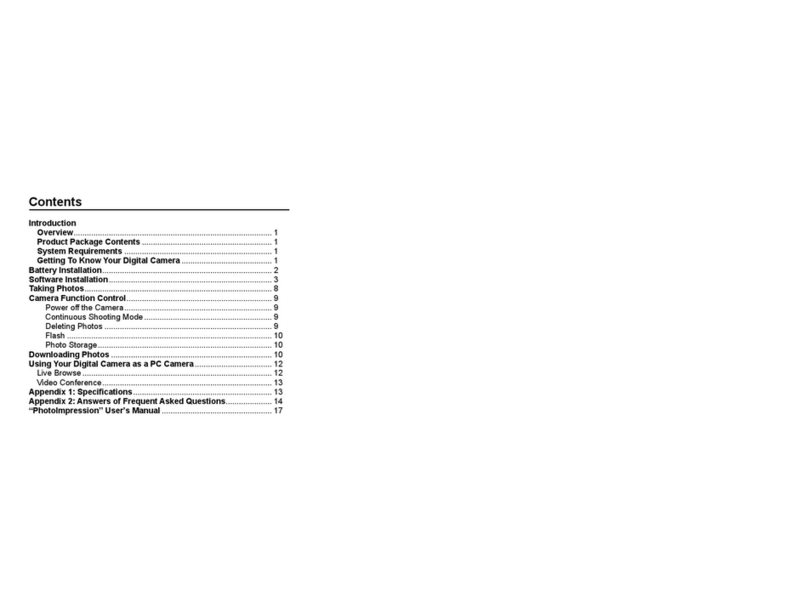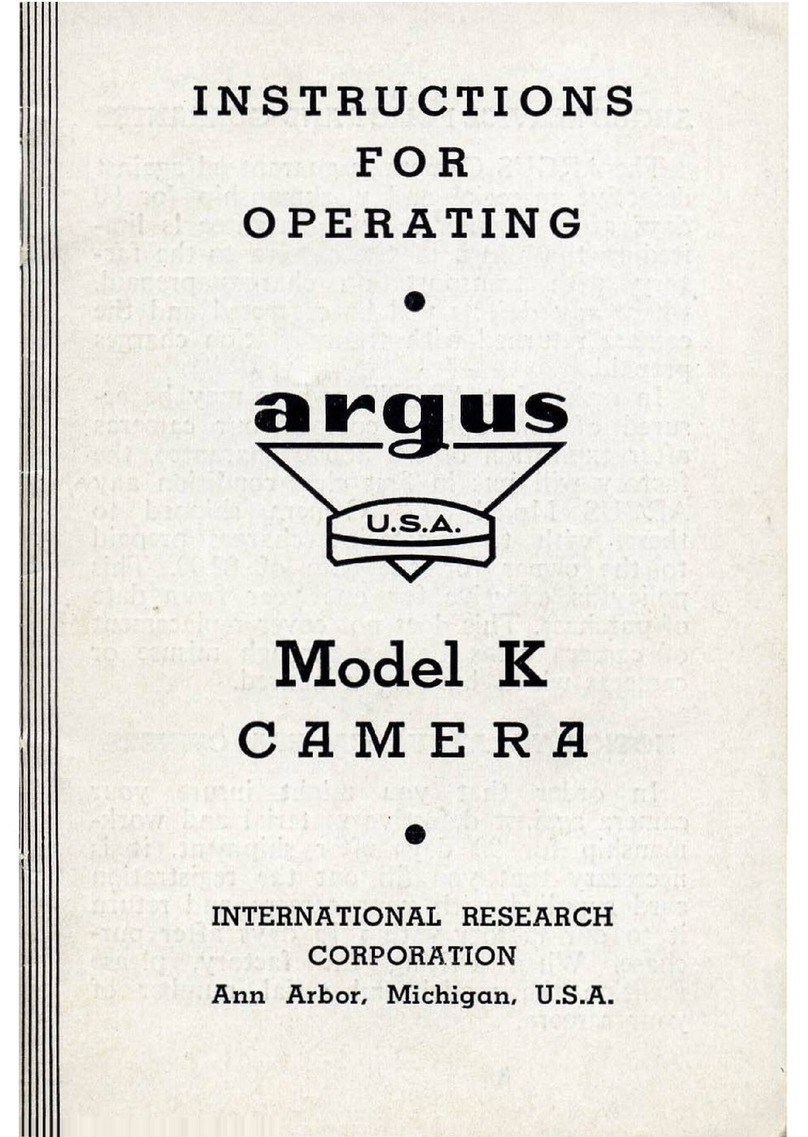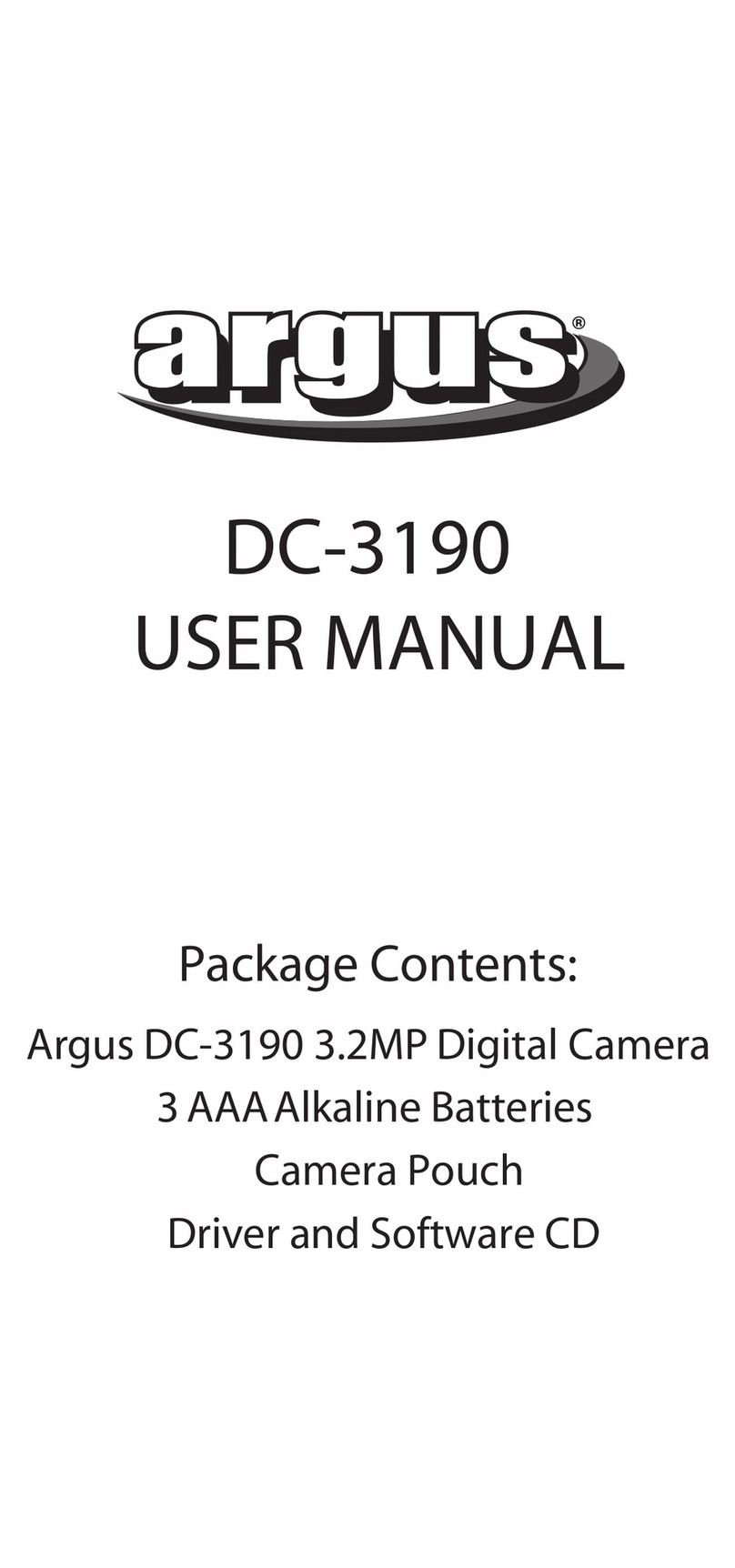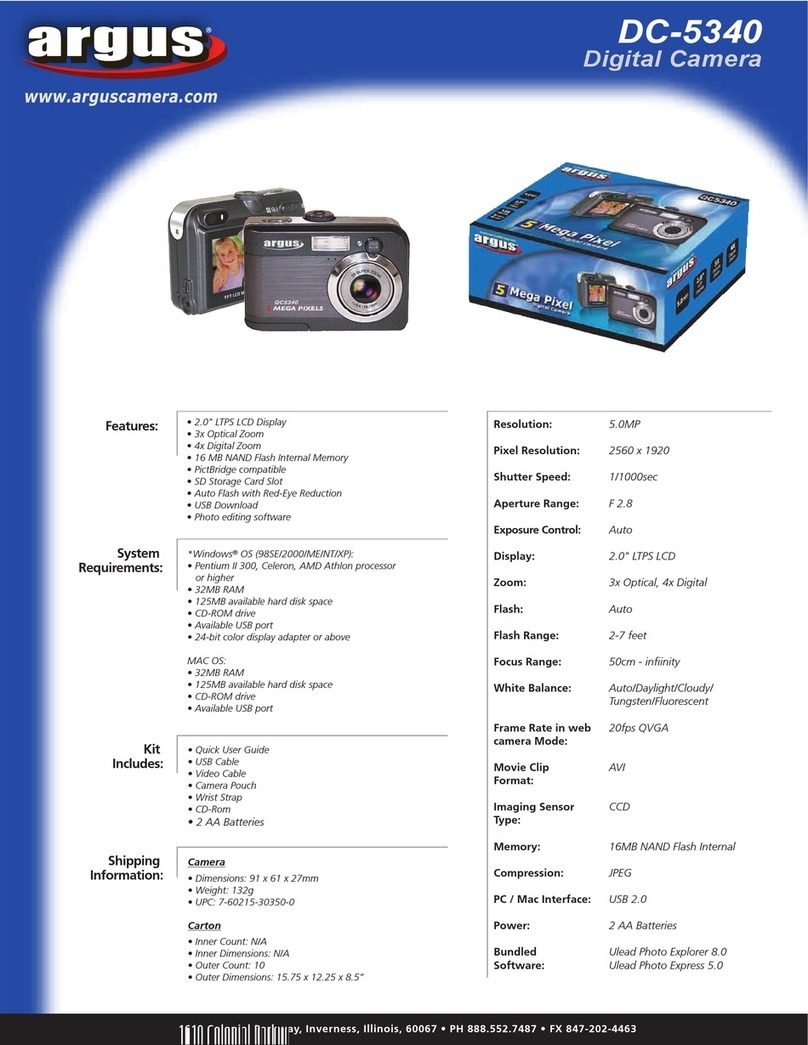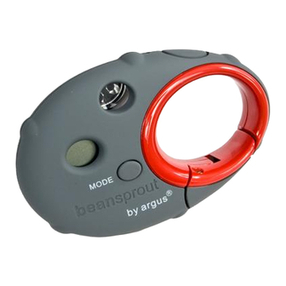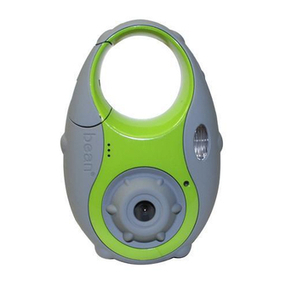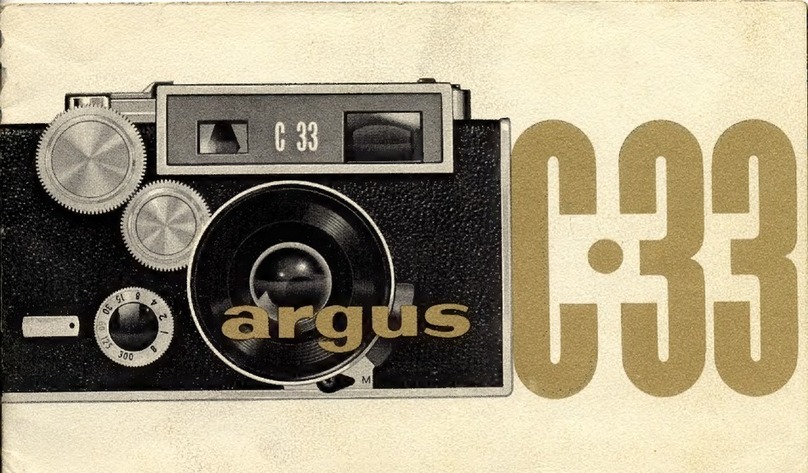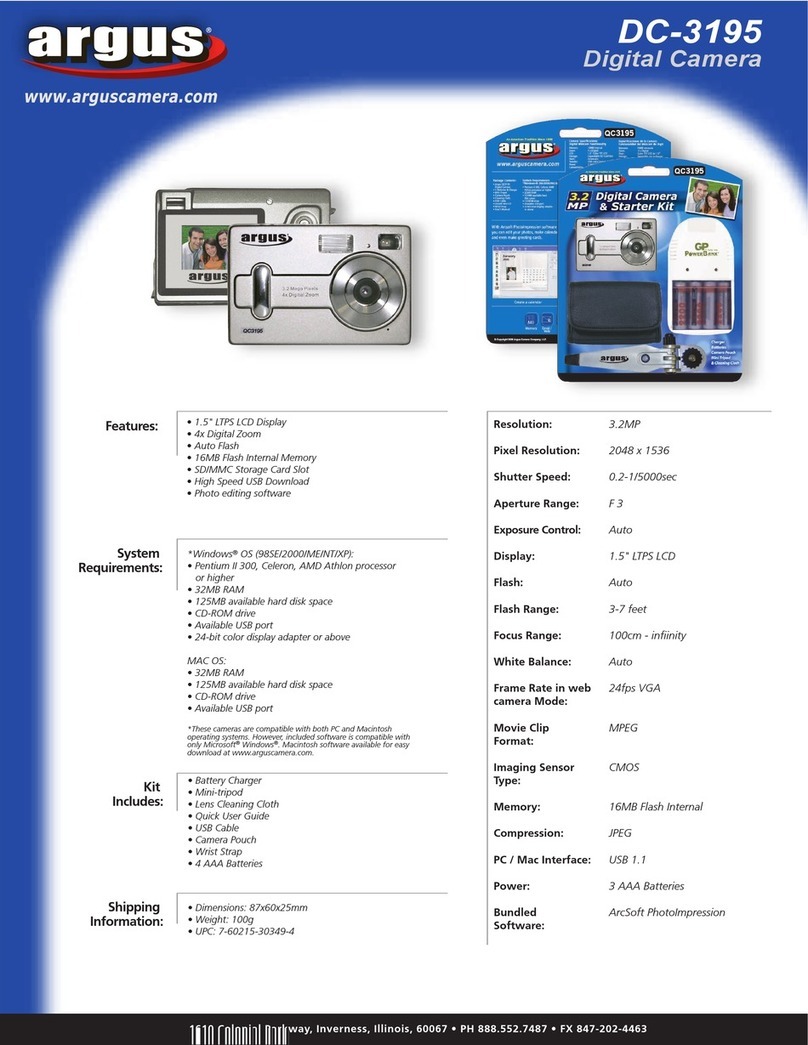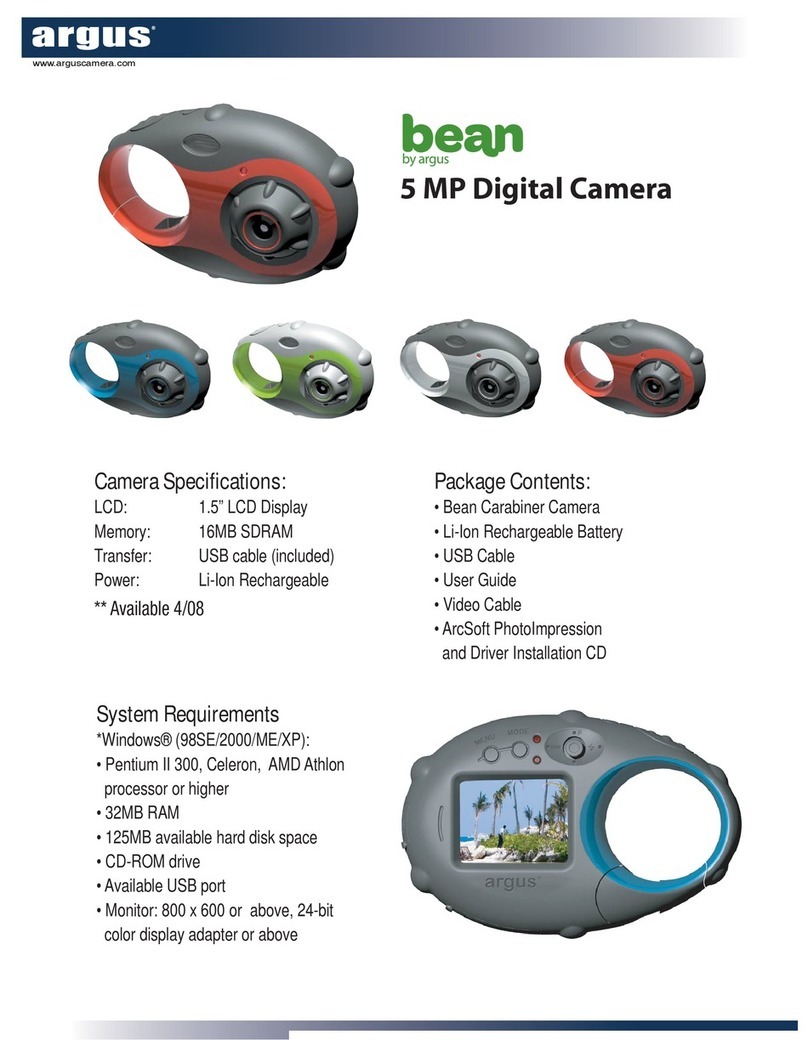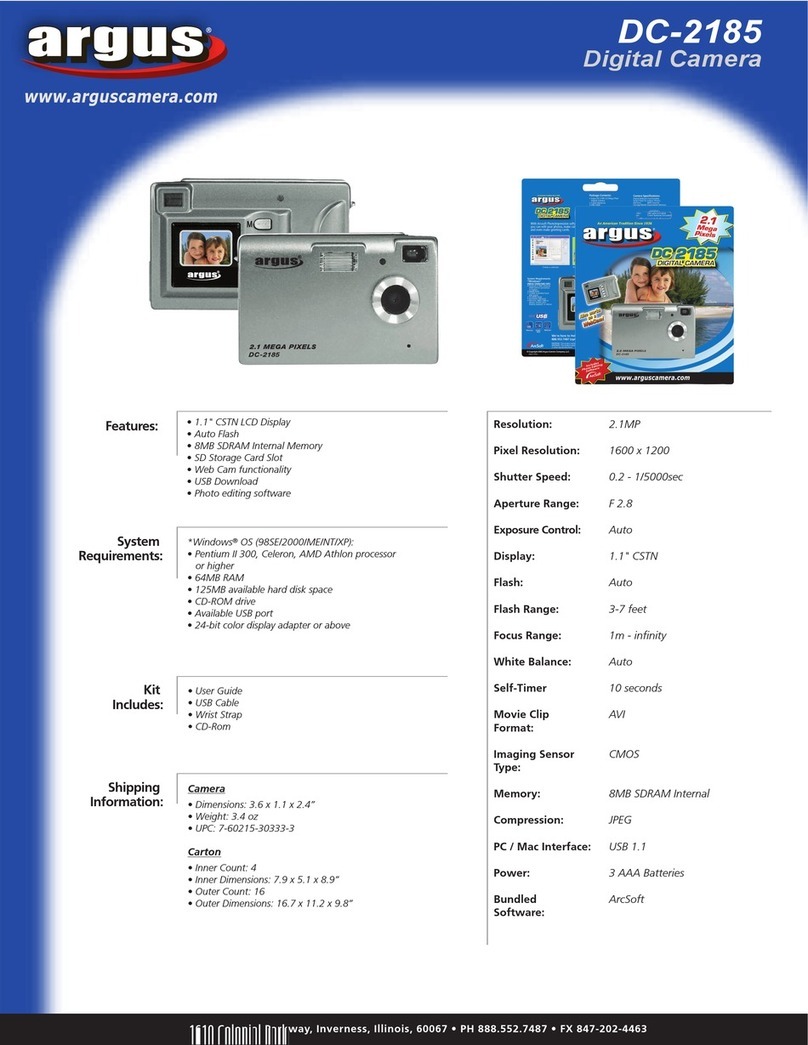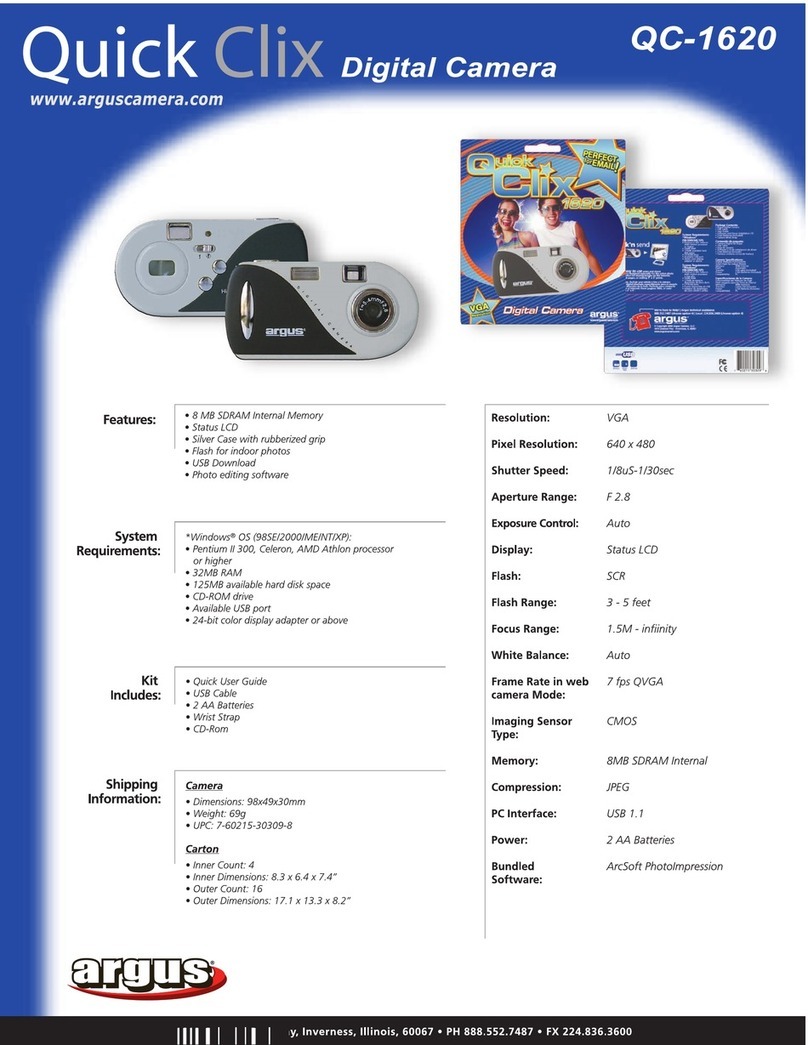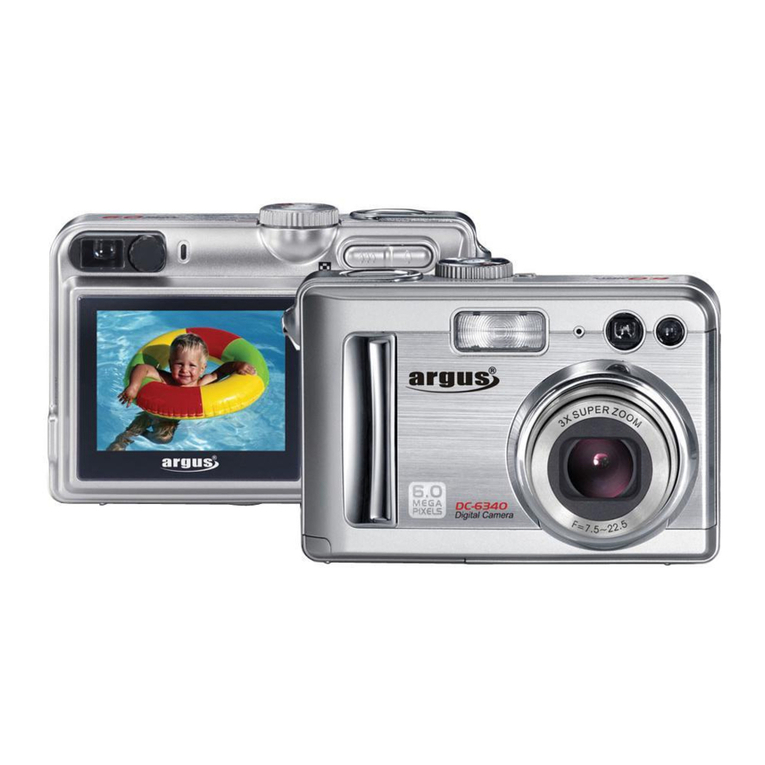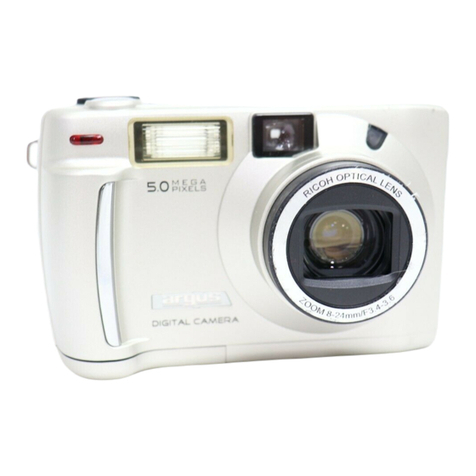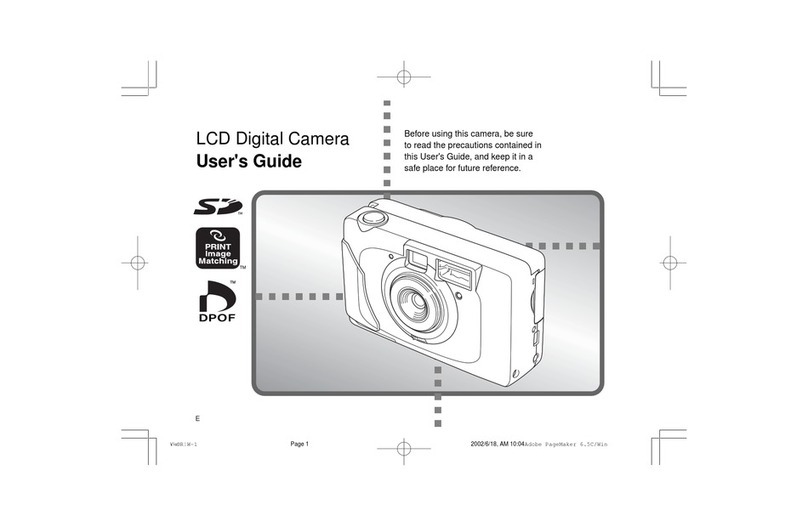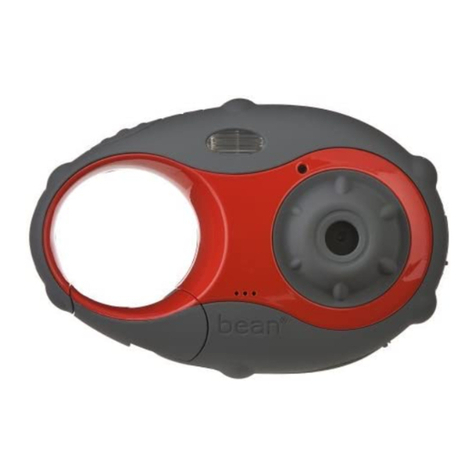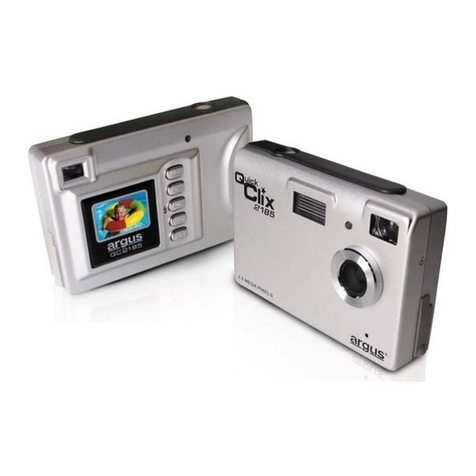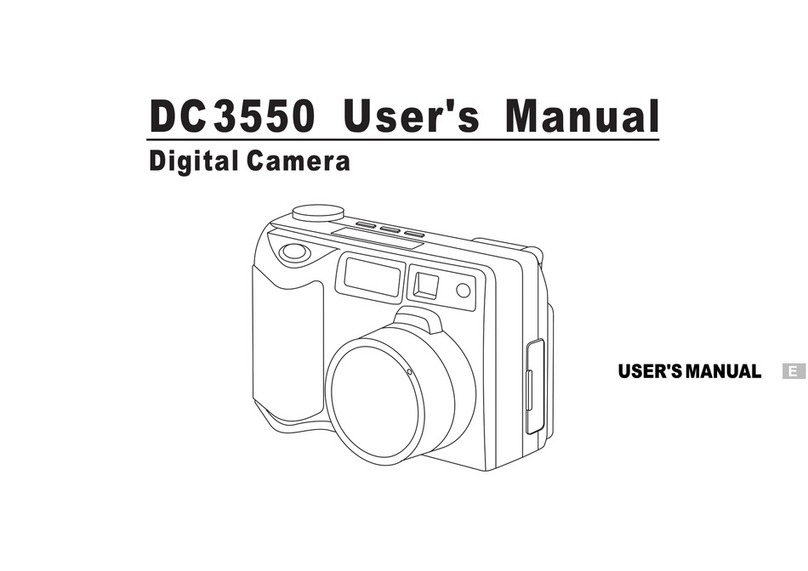each roll
of
ARGUS
18
exposure films.
The
film in these ARGUS magazines
is
protected
from light by a paper leader
and
trailer,
but
when loading
or
changing the film it
is
always
advisable
to
do so in subdued light. Bright
sunlight should never be allowed
to
reach a
loaded magazine
of
any
type.
FIGURE
2
4.
Film
advance
button
8.
Winding
knob
19.
Rewind
knob
23.
Back
hinge
clip
24.
Film
sprocket
25.
Film
cartridge
26.
Winding
shaft
27.
Film
28.
Cartridge
retainer
29.
Pressure
pad
30.
Back
31. Lock
Catch
I.
Remove camera back (30) by grasping
the camera body
in
left hand and depressing
the lock clip which engages the lock catch
(31)
of
the camera back.
The
lock clip should
6
be
depressed with the left thumb, while. the
clip
is
depressed grasp the leather
tab
of
the
camera back lock clip with the
thumb
and
forefinger of the right hand
and
pull firmly
away from the camera case.
2.
Pull
out
rewind knob (19) as
far
as
it
will go. Drop the film cartridge into this
end
of
the camera body with the film lay-
ing over the toothed sprocket (24). Snap
rewind knob back in place.
3.
Hold the cartridge in place with the
right
thumb
and
draw enough film
or
paper
leader from the cartridge until
it
extends
about
one inch beyond the opposite end of
the camera.
4.
In
sert the free end
of
the film
or
about
one inch of
paper
through the slot
in
wind-
,..,
....-
ing
shaft
(26).
5.
Turn
winding knob (8)
in
direction
of
engraved arrow until the film
or
paper lies
flat on the camera film tracK. When loading
film
it
is
be
st
to
engage the sprocket teeth
(24) befo
re
closing the camera back. When a
paper leader is used be sure
that
the leader
is
centered 'in the film track.
6.
Replace the camera back by first en-
gaging the back hinge clip (23) in the groove
at
· the cartridge end
of
the camera body.
Hold the camera body
in
the left hand
and
depre
ss
the lock cl
ip
with the
thumb
. Care-
fully clo
se
the back by grasping the leather
tab
with the
thumb
and
forefinger of
the
right hand
and
snaping over the depressed
lock clip. Let the clip
ri
se
and
engage the
7
